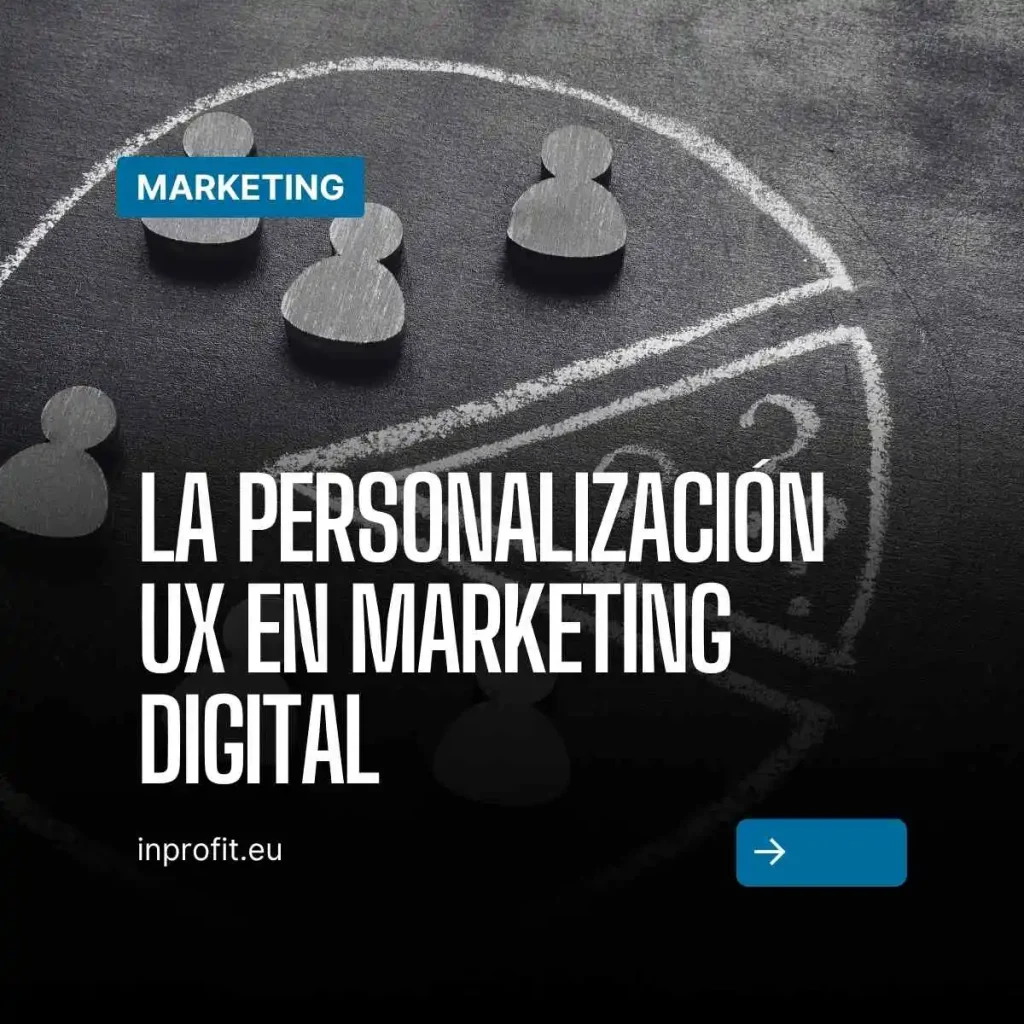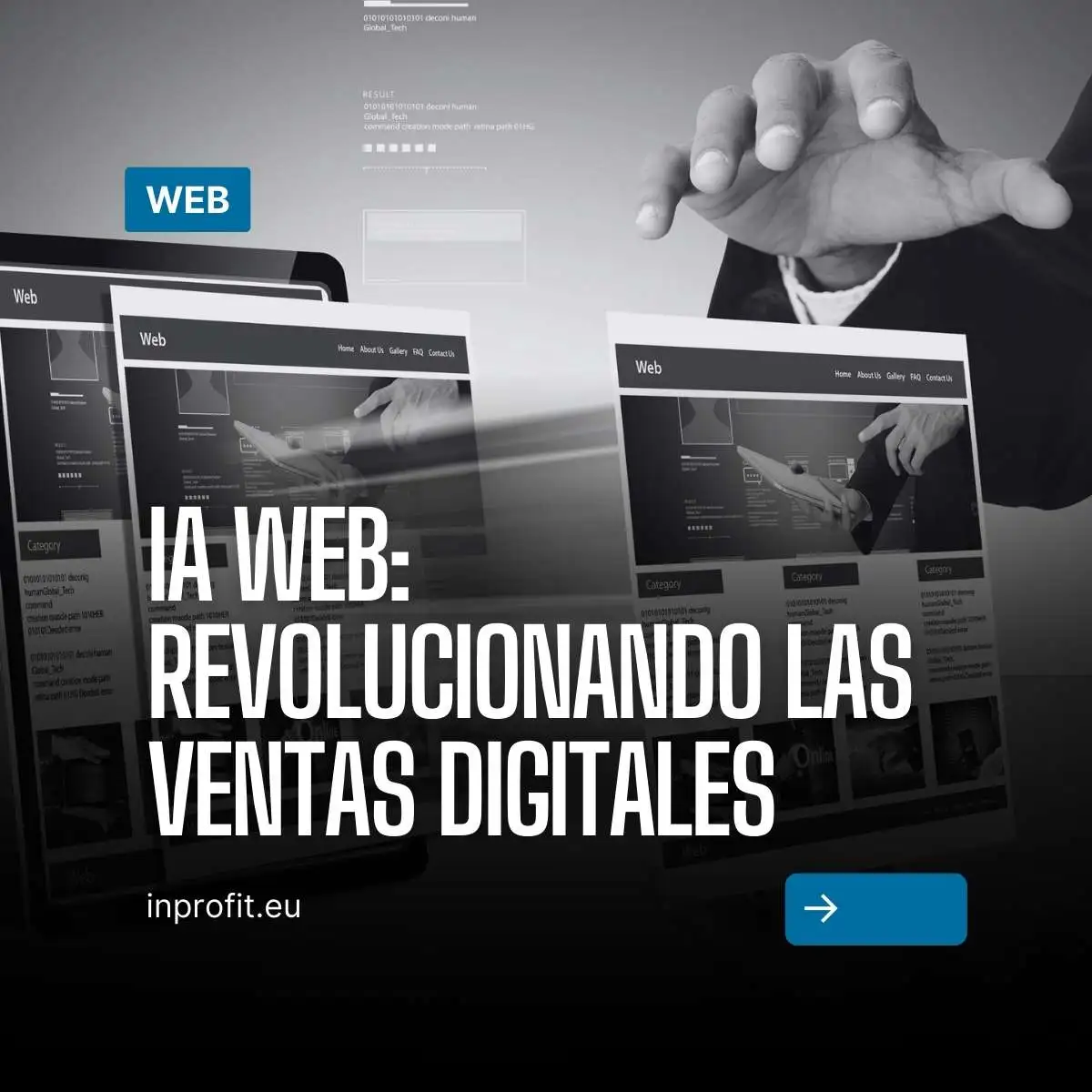Standing out is not just a competitive advantage, it’s a necessity. According to a recent study, 90% of consumers prefer to interact with brands that treat them as individuals, not just another number in a database.
This is where personalized marketing comes in, a strategy that not only improves the customer experience, but also drives business results. In this article, we’ll explore why personalization is key to success in 2025, how to implement it, and how our agency can help you transform your marketing strategy.
Why is it time for personalization in marketing?
The days of generic campaigns are long gone. Today’s consumers expect brands to know them, anticipate their needs and offer relevant solutions. According to McKinsey, companies that invest in personalization can increase revenue by as much as 15-20%. But what makes personalized marketing so effective?
- Emotional connection: Personalized messages generate a deeper connection, making customers feel valued.
- Higher conversion: By offering relevant content, conversion rates improve significantly. For example, personalized emails have a 26% higher open rate than generic emails.
- Loyalty: Loyal customers spend more and recommend your brand. Personalization fosters long-term relationships.
One success story that illustrates this is a retail company we work with. We implemented a personalization strategy that included product recommendations based on purchase history and segmented email campaigns. In just four months, their customer retention increased by 35%, and recurring sales grew by 20%.
The pillars of personalized marketing
For personalization to work, it’s not enough to simply include the customer’s name in an email. It requires a comprehensive strategy based on data, technology and creativity. Here are the three key pillars:
1. Data: The fuel of personalization
It all starts with understanding your audience. Data is the foundation for creating relevant experiences. This includes:
- Demographic data: age, gender, location.
- Online behavior: pages visited, products viewed, email clicks.
- Purchase history: What they bought, how often and how much they spent.
Tools such as CRMs (e.g., HubSpot, Odoo) and analytics platforms (Google Analytics, Mixpanel) allow you to collect and organize this information. However, the challenge lies in transforming raw data into actionable insights. For example, if you know that a customer frequently visits your “business solutions” section, you can send them a free ebook on that topic to capture their interest.
Technology: Automation and artificial intelligence
Large-scale customization is not feasible without technology; this is where they come into play:
- Marketing Automation: Platforms like Make allow you to design, implement and execute automations based on user behavior or other triggers.
- Artificial intelligence: AI algorithms can predict preferences, segment audiences and recommend products. For example, Netflix uses AI to suggest series based on your viewing history, a model you can replicate in your strategy.
A practical example: a B2B company we collaborate with used AI to analyze browsing patterns on their website. This allowed us to create retargeting campaigns that increased conversions by 40%.
3. Relevant content: Speak directly to your customer
Content is the vehicle for personalization. This includes:
- Personalized emails: Use data to tailor the subject and body of the message. For example, “John, discover how to optimize your sales strategy in 2025”.
- Dynamic web pages: Display different content based on the visitor’s profile. For example, a new customer might see a welcome offer, while a returning customer sees recommendations based on previous purchases.
- Social networks: Publish segmented ads on platforms such as LinkedIn or Instagram, targeting specific audiences according to their interests.
How to implement a personalized marketing strategy?
Now that you know the pillars, how do you put personalization into practice? Here is a step-by-step plan:
Step 1: Define your objectives
Want to increase conversions, improve retention or capture new leads? Set clear and measurable goals. For example: “Increase email open rate by 20% in 3 months”.
Step 2: Collect and segment data
Use tools to collect data from your customers and segment your audience into groups based on interests, behaviors or funnel stages (awareness, consideration, decision). For example, segment “cold leads” who have only visited your blog from “warm leads” who have requested a demo.
Step 3: Create customized content
Develop messages and resources that speak directly to each segment. For example, for a small business segment, create a webinar on “How to compete with big brands on a limited budget.”
Step 4: Implement technology
Set up automation and AI tools to scale your efforts. For example, use a recommendation system for your ecommerce or automate the sending of follow-up emails after a specific action.
Step 5: Optimize
Analyze metrics such as conversion rates, retention and ROI. A/B testing is key: test different versions of an email or ad to see which one works best. Adjust your strategy according to the results.
The impact of branding on personalization
Branding not only defines how your ecommerce looks, but how each interaction feels. A solid, well-built brand allows personalization to be consistent, natural and memorable. When the user perceives a consistent voice and style in every recommendation, email or landing page, it generates a much more fluid and reliable experience.
In addition, branding acts as a guide to create personalized messages without losing identity. If your brand is approachable, creative and disruptive, your personalization actions can use that tone to make creative or even funny recommendations. The key is that the user does not feel that it is an automation, but that he is talking to a brand that really knows him.
Finally, strong branding reinforces the value of each personalized interaction. It is not the same to be recommended a product by a generic ecommerce than by one with which you already have an emotional relationship built by its tone, values and visual style. That connection is what makes personalization not only useful… but unforgettable.
How do we transform a company with personalization?
Let us share a recent story. A B2B software company wanted to improve their customer retention. We analyzed their database and found that many users were dropping out after the first few months. We implemented a strategy that included:
- Personalized emails: We send messages based on the use of the software, such as tutorials for rarely used functions.
- Dynamic content on the web: We show relevant testimonials according to the visitor’s sector.
- Retargeting campaigns: LinkedIn ads targeted to users who had interacted with the demo but did not convert.
Result: Retention improved by 30%, and the cost per lead generated was reduced by 25%.
Why work with a marketing agency?
Implementing a personalization strategy requires time, experience and advanced tools. As an agency specialized in Marketing, we offer:
- Expertise: Our team combines data, technology and creativity to maximize your ROI.
- Cutting-edge technology: Access to AI and automation tools that optimize your campaigns.
- Measurable results: We focus on clear metrics, such as increased leads, conversions and retention.




